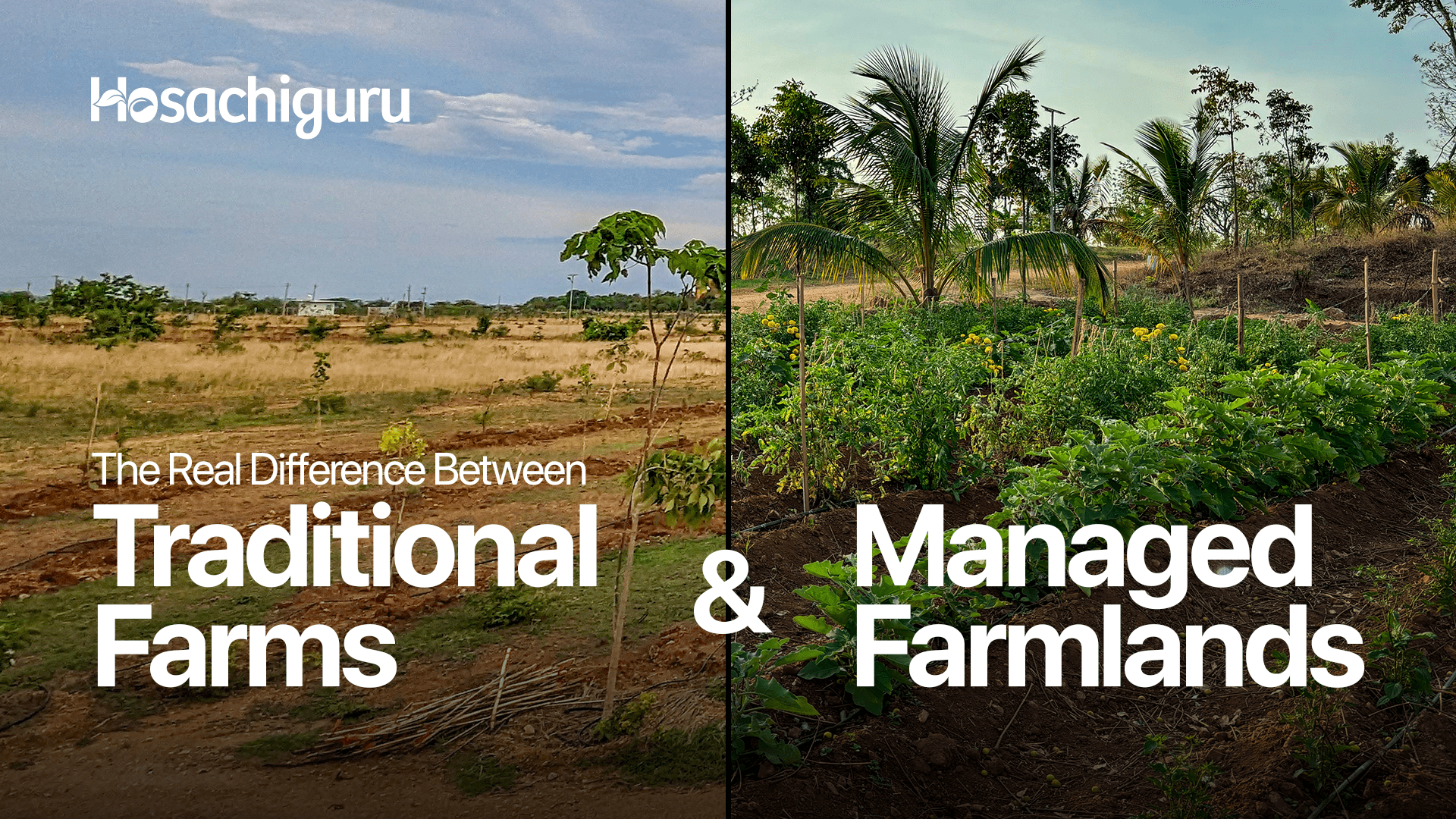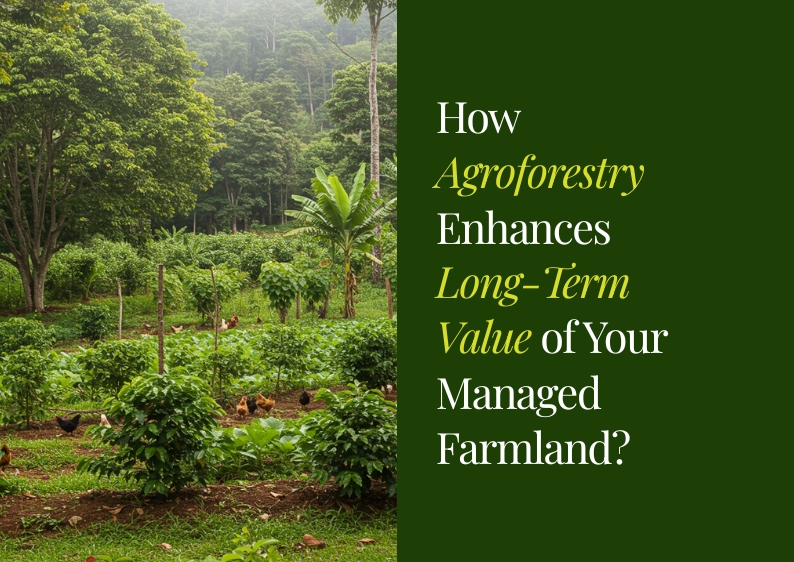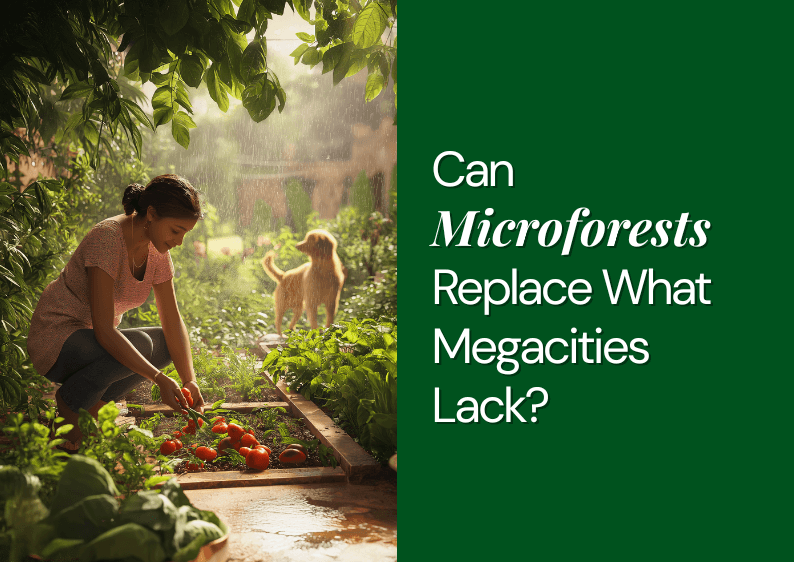June 26, 2023
Author – Srinivas Abhilash
Introduction
Charcoal possesses remarkable porosity, making it a valuable substance with diverse applications. It is a product of carbonization through controlled heating without oxygen. Just a gram of charcoal expands into approximately 9000 square feet. Its extensive surface area is unlocked through the formation of minuscule pores during carbonization.
While charcoal showcases its value in various applications, the “End of plants’ and trees’” life cycles often lead to a different fate. Instead of utilizing their organic matter effectively, it is frequently burned or left to disintegrate, causing the released carbon to return back to the atmosphere. This unfortunate outcome diminishes the positive effects of photosynthesis, where plants and trees capture carbon dioxide, sunlight, and moisture to produce glucose and carbon compounds.
Fortunately, there is an intriguing alternative known as pyrolysis, which involves subjecting biomass to high temperatures in the absence of oxygen. This transformative process results in the creation of biochar, a unique combination of biomass and char. Unlike other methods, biochar goes beyond carbon neutrality and becomes carbon negative by actively sequestering carbon and preventing its release into the atmosphere.
The remarkable benefits of biochar can be observed in the Amazon rainforest. In this area, there exists a particular kind of rich soil known as Terra Preta, which was skillfully produced by ancient civilizations many millennia ago. Biochar, a specialized form of charcoal, was added to the soil, significantly enhancing its fertility and capacity to retain nutrients. Terra preta’s composition, including biochar, creates an environment that supports thriving microorganisms that result in plant growth and sustainable agricultural practices.
Furthermore, the addition of biochar to the soil ensures that this carbon becomes a long-term resident, continuously improving its surroundings. This process offers a lasting solution to carbon sequestration and provides ongoing benefits to the ecosystem.
What truly distinguishes biochar is its enduring impact. Once incorporated into the soil, it becomes a permanent and ever-improving upgrade for the environment for thousands of years. Its remarkable properties perpetuate over time, making it a valuable tool for enhancing soil fertility and contributing to sustainable practices.
Wonders of Biochar
Biochar possesses incredible properties that have transformative effects on soil quality. Its microscopic pores and increased surface area enable outstanding water and nutrient retention capabilities, fostering a conducive environment for essential microorganisms. These microorganisms, in turn, protect plant roots from pests and diseases, promoting plant health and strength. Additionally, biochar prevents soil compaction and ensures unhindered access to vital nutrients for plants.
Similar to how human skin regulates moisture, biochar, especially in its porous form, offers numerous benefits. It facilitates moisture retention, and enriches the soil, addressing the challenges of climate change.
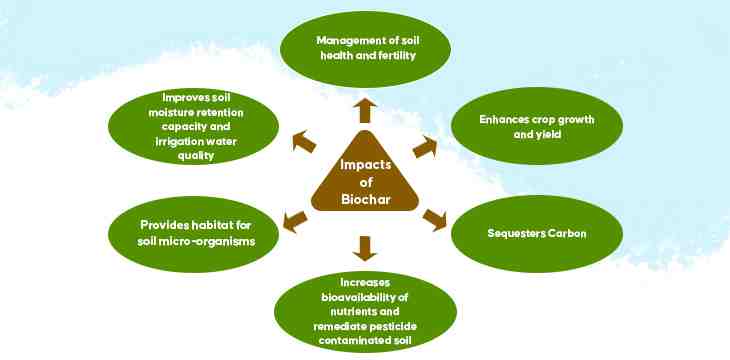
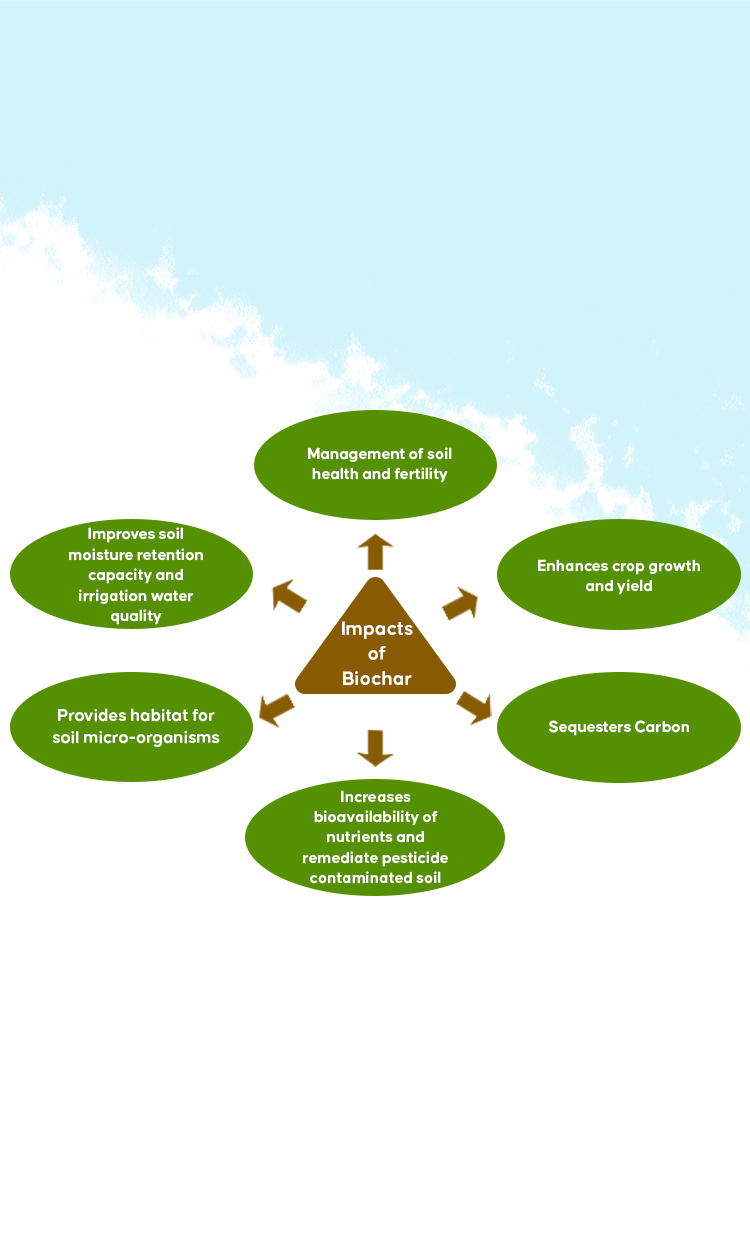
The remarkable properties of biochar make it an invaluable ally for plants, creating optimal conditions for growth and nourishment. Its porous structure allows for air circulation while effectively retaining water, ensuring that plants can satisfy their thirst as needed.
Harnessing the power of biochar has the potential to revolutionize agriculture, reduce water usage, and mitigate the impact of climate change. Its extraordinary capabilities offer a promising pathway toward sustainable and resilient ecosystems.
Biochar and Sustainable Development Goals
Biochar holds great potential in contributing to several Sustainable Development Goals (SDGs) outlined by the United Nations. The SDGs are a set of 17 interconnected global goals aimed at achieving a sustainable future for all. Let’s explore how biochar aligns with some of these goals:
SDG 2: Zero Hunger
- Biochar has the potential to enhance agricultural productivity and food security. By improving soil fertility, water retention, and nutrient availability, biochar can help increase crop yields and reduce the need for chemical fertilizers. Its use in small-scale farming systems can contribute to the sustainable intensification of agriculture and help alleviate hunger and malnutrition.
SDG 13: Climate Action
- Biochar plays a crucial role in climate change mitigation. Through the process of pyrolysis, carbon from organic materials is locked in the stable form of biochar, thus preventing its release into the atmosphere as a greenhouse gas. By sequestering carbon in the soil for long periods, biochar helps reduce carbon dioxide levels and mitigate climate change.
- At Hosachiguru, we have implemented a comprehensive system where some parts of raw organic materials like twigs, dry leaves, and stems are collected and converted into biochar. This biochar is then reintroduced back into the soil, effectively fixing carbon back into the ground. Through this process, we ensure the sustainable utilization of organic materials while promoting carbon sequestration and soil health.
SDG 15: Life on Land
- Biochar can contribute to the conservation and restoration of terrestrial ecosystems. It improves soil structure, enhances soil biodiversity, and promotes the growth of beneficial microorganisms. These factors aid in soil regeneration, reforestation efforts, and the restoration of degraded lands, thus supporting biodiversity conservation and ecosystem resilience.
- At Hosachiguru, the applied biochar serves as a fundamental food source for the microorganisms residing in the soil. This nourishment enhances the resilience of our food forests, enabling them to thrive. By providing a nutrient-rich environment for soil microorganisms, we support the health and vitality of our agricultural ecosystems. Through this approach, we cultivate sustainable and resilient food forests.
SDG 6: Clean Water and Sanitation
- Biochar has the potential to improve water quality and promote sustainable water management. It helps retain water in the soil, reducing irrigation needs and minimizing water runoff and erosion. By filtering contaminants and retaining nutrients, biochar can also mitigate water pollution and enhance water availability for both agricultural and domestic purposes.
SDG 11: Sustainable Cities and Communities
- Biochar can be used in urban landscapes to enhance soil quality and promote green infrastructure. Its application in urban gardens, parks, and green roofs can help improve soil fertility and urban resilience. By sequestering carbon and reducing pollutant runoff, biochar supports sustainable urban development and creates healthier living environments.
- At Hosachiguru, we are dedicated to incorporating biochar into our daily farm operations across various managed farmlands which are close to cities and towns. Our commitment lies in creating healthier, climate-resilient, and thriving sustainable ecosystems for our co-farmers and their families, ensuring a sustainable legacy for generations to come.
SDG 12: Responsible Consumption and Production
- Biochar production offers opportunities for sustainable waste management and circular economy practices. It can be produced from various organic waste streams, such as agricultural residues, forestry byproducts, and food waste. By converting these waste materials into valuable resources, biochar helps reduce waste generation, landfill usage, and associated environmental impacts.
- At Hosachiguru, instead of using industrial chemical fertilizers, which are hazardous to the environment, we apply biochar and organic compost to our soil. Thereby responsibly managing our farmlands on a consistent basis. In a planned way, we ensure that more than 90% of our soil applications are responsibly produced and consumed.
Conclusion
In conclusion, biochar is a remarkable solution that holds the key to safeguarding our planet. Its ability to permanently sequester carbon dioxide, improve soil quality, and prevent erosion makes it an essential tool for environmental sustainability. By incorporating biochar into agricultural practices, we can restore degraded soils, enhance plant growth, and reduce reliance on chemical fertilizers.
In addition, biochar’s versatile applications extend beyond agriculture. It can purify water, improve building materials, and serve as a sustainable biomass fuel. By embracing biochar, we not only contribute to renewable energy production but also reduce greenhouse gas emissions.
To all individuals and organizations involved in farming operations, regardless of scale, we at Hosachiguru urge you to explore the opportunities offered by biochar and integrate them into your systems. Let us join hands in promoting sustainable land management practices, combating climate change, and preserving our planet for future generations. Together, we can make a lasting impact and create a brighter future.



































